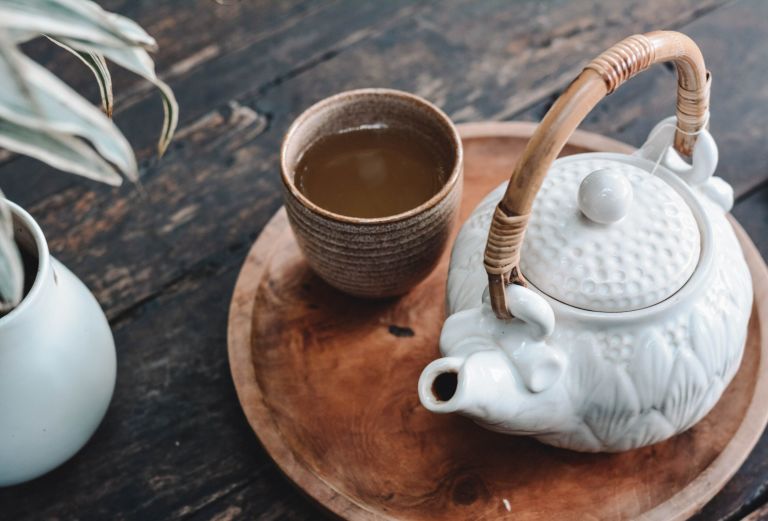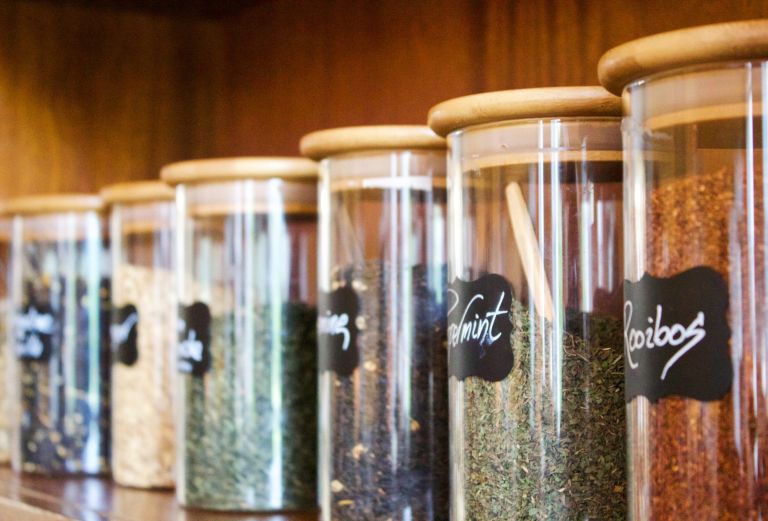
Written by volunteer Elaine Woo
Most people may have one or two favourite teas. As the International Tea Day approaches on 21, it might be time to take a fresh look at the world of choices, and be inspired to restock your tea box with new additions, or even concoct your own unique tea blend to give your health a boost.
The basics
Tea can be defined as a drink made by pouring boiling water onto dried leaves of the tea bush, or of other plants. However, not all teas are prepared the same way around the world. For example, Chai is prepared in boiling water while in China and Japan, green tea is often prepared in relatively low heat.
It is also interesting that while the word ‘tea’ is pronounced similarly (as Cha) in both China and Japan, their appreciation takes a different focus. In China, green tea is often served with the leaves in a tall glass, with the intention that with each sip, the drinker’s eyes could rest on the delightful greenness of freshly picked leaves elegantly floating in the water. In Japan, matcha, a bright green powder ground also from green tea, is appreciated best through the elaborate ritual performed by the host and the interaction with the guest.

A fresh look
As tea is such a popular drink worldwide, the health effects of various kinds of teas are always keen subjects for health professionals around the world.
Besides green teas, which have been touted to have many possible health benefits, such as slowing brain aging and burning fat, there are myriads of other choices also worthy of exploring, especially if you are looking for caffeine-free options.
Mint is one of them. While one has to travel to Morocco to experience their national drink, consisting of mint (including peppermint), water, sugar, and gunpowder tea (a type of green tea), one does not have to go far to experience the benefits of peppermint tea, the oil of which has been said to be able to effectively kill bacteria and also may also ease digestive upsets.
Nettle is another plant easily available in Britain with a long history of medicinal use dating back to the Saxons. While not a welcoming sight to gardeners for the stings they can inflict, there is some scientific support to link consumption of cooked nettle with potential benefits that may include suppression of inflammation. Which, in turn, could aid inflammatory conditions, including arthritis.
Roots of plants may also be used to make teas. From the point of view of wellness, ginger definitely deserves mentioning, as it has been scientifically proven to contain anti-inflammatory and antioxidant properties. Masala Chai, a popular tea in India, uses ginger as one of the main ingredients along with black tea, water, milk, sugar, cardamom, black pepper.

For the adventurous type
Have you ever thought of creating your own blend of tea with flowers, fruits or leaves from your garden? One may wish to try chrysanthemum flowers with goji berries, both of which could be grown locally. Goji berries, also called wolfberries, have received lots of attention in recent years for their function to improve immunity, eyes and liver health. Studies on chrysanthemum show that its compounds may reduce bone loss and inflammation.
But for those who prefer to celebrate International Tea Day with ease, may we suggest a stroll in our Palace Garden to take in the bountiful herbs that are also great for herbal teas, ranging from mint, sage, thyme, lemon balm, to nettles, followed by a visit to the café for your good old favourite cuppa?
Feel like enjoying a cup of tea? The café is open daily, 9.30 – 17.00 and boasts a host of delicious teas and treats.